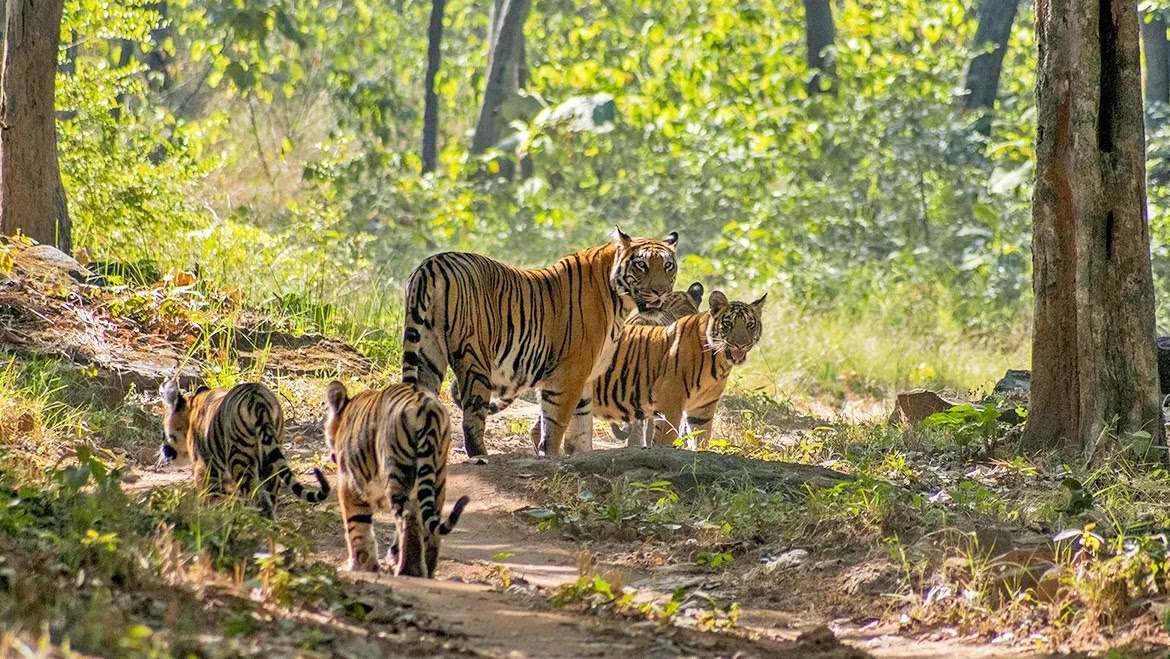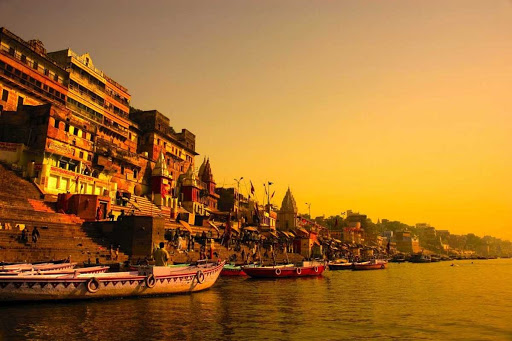Indian Heritage & Culture
Six Sites in Tentative List of World Heritage Sites
- 22 May 2021
- 5 min read
Why in News
Recently, six Indian places have been added to the tentative list of UNESCO’s (United Nations Educational, Scientific and Cultural Organization) world heritage sites.
- The submissions were made by Archaeological Survey of India, which is responsible for the conservation and preservation of Indian monuments.
Key Points
- Tentative List:
- As per Operational Guidelines, 2019 of UNESCO, it is mandatory to put any monument/site on the Tentative List (TL) for one year before it is considered for the final nomination dossier.
- Once the nomination is done, it is sent to the World Heritage Centre (WHC).
- India has 48 sites in the TL as of now.
- As per Operational Guidelines, 2019 of UNESCO, it is mandatory to put any monument/site on the Tentative List (TL) for one year before it is considered for the final nomination dossier.
- World Heritage Site:
- Any of various areas or objects inscribed on the United Nations Educational, Scientific and Cultural Organization (UNESCO) World Heritage List.
- The sites are designated as having “outstanding universal value” under the Convention Concerning the Protection of the World Cultural and Natural Heritage 1972.
- The World Heritage Centre is the Secretariat to the 1972 Convention.
- It provides a framework for international cooperation in preserving and protecting cultural treasures and natural areas throughout the world.
- There are three types of sites: Cultural, Natural, and Mixed.
- Cultural heritage sites include hundreds of historic buildings and town sites, important archaeological sites, and works of monumental sculpture or painting.
- Natural heritage sites are restricted to those natural areas that have excellent ecological and evolutionary processes, unique natural phenomena, habitats of rare or endangered species etc.
- Mixed heritage sites contain elements of both natural and cultural significance.
- India has 38 world heritage sites, including 30 cultural properties, 7 natural properties and 1 mixed site. The latest one included is Jaipur city, Rajasthan.
- About New Six Places in TL:
- Satpura Tiger Reserve (Madhya Pradesh):
- Ghats of Varanasi (Uttar Pradesh):
- Megalithic Site of Hire Benkal (Karnataka):
- This 2,800-years-old megalithic site is one of the largest prehistoric megalithic settlements where some funerary monuments are still intact.
- The granite structures are burial monuments that may also have served many ritual purposes. Due to the extremely valuable collection of Neolithic monuments, the site was proposed for recognition.
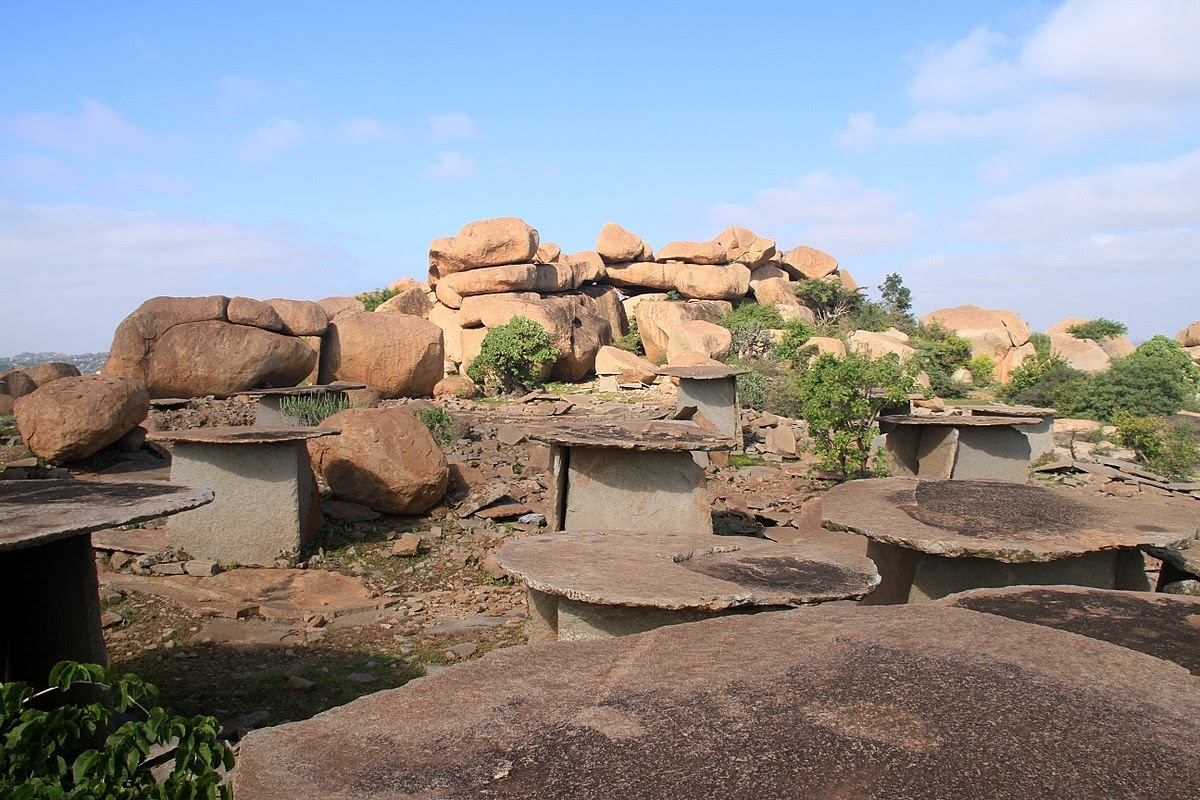
- Maratha Military Architecture in Maharashtra:
- There are 12 forts in Maharashtra dating back to the era of the 17th century Maratha king Chhatrapati Shivaji. They are Shivneri, Raigad, Torna, Rajgad, Salher-Mulher, Panhala, Pratapgad, Lohagad, Sindhudurg, Padmadurga, Vijaydurg and Kolaba.
- These forts offer new insight in various forms of architecture including rock cut features, construction of perimeter walls in layers on hill tops and slopes, temples, palaces, markets, residential areas, and almost every form of medieval architecture.
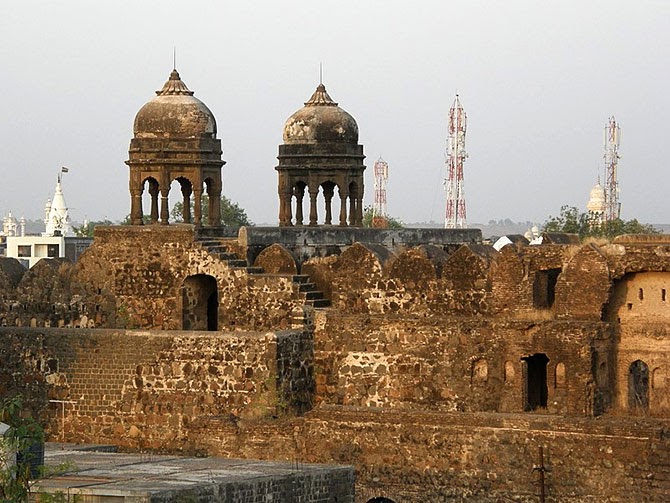
- Bhedaghat-Lametaghat in Narmada Valley- Jabalpur (Madhya Pradesh):
- Bhedaghat, referred to as the Grand Canyon of India, is a town in the Jabalpur district.
- It is known for its marble rocks and their various morphological forms on either side of the Narmada river which flows through the gorge.
- Several dinosaur fossils have been found in the Narmada valley, particularly in the Bhedaghat-Lameta Ghat area of Jabalpur.
- River Narmada narrows down on its way through marble rocks and plunges in a waterfall giving out the appearance of a smoke cascade.
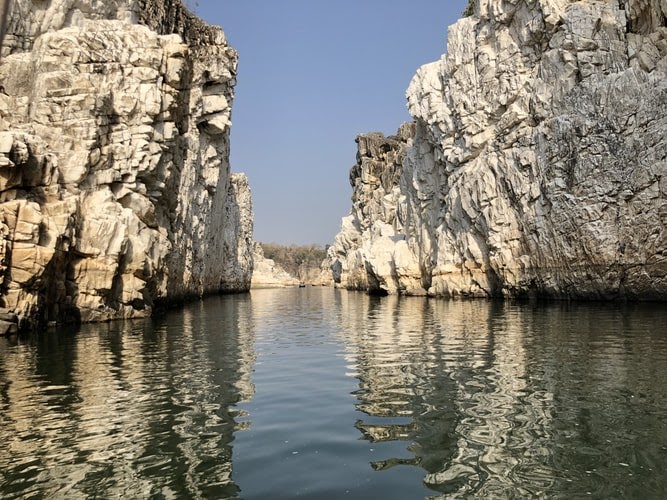
- Temples of Kanchipuram (Tamil Nadu):
- Kanchipuram is known for its spirituality, serenity, and silk.
- It is situated on the banks of River Vegavathi.
- This historical city once had 1,000 temples, of which only 126 (108 Shaiva and 18 Vaishnava) now remain.
- Its rich legacy has been the endowment of the Pallava dynasty, which made the region its capital between the 6th and 7th centuries and lavished upon its architectural gems that are a fine example of Dravidian styles.
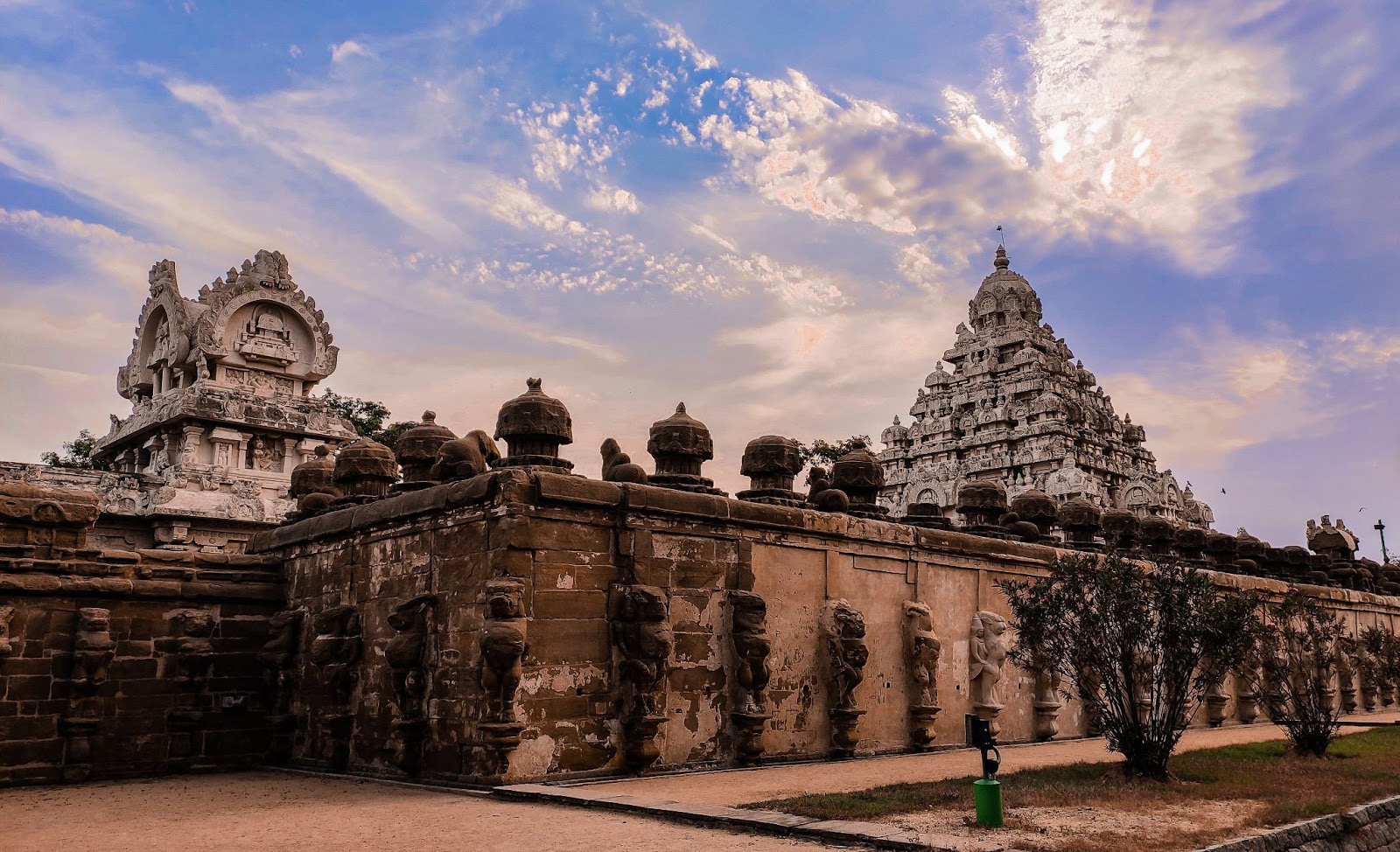
- Satpura Tiger Reserve (Madhya Pradesh):

